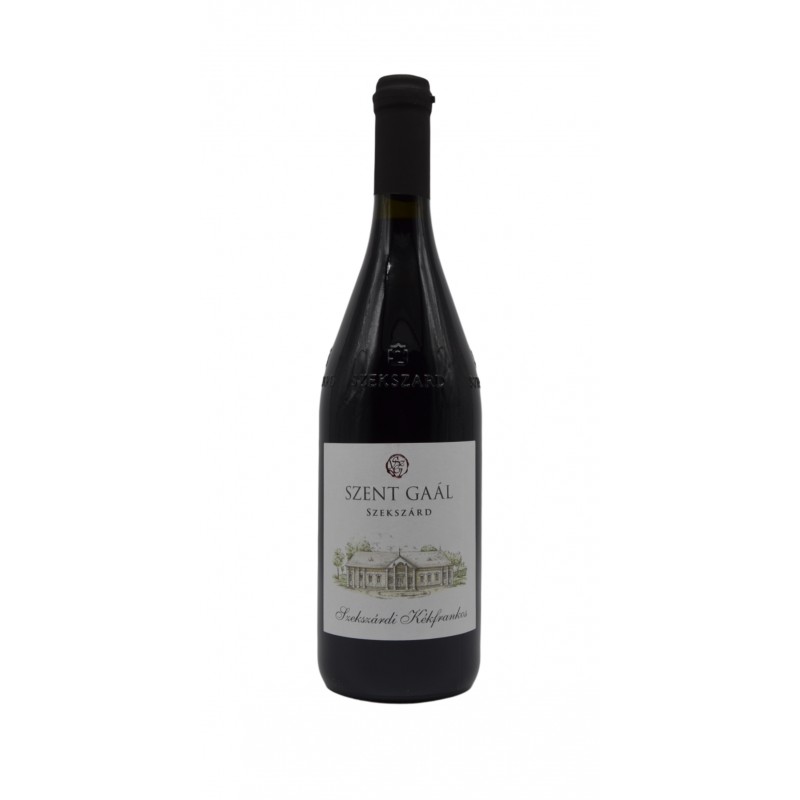




100 % Blaufränkisch

Security policy (edit with Customer reassurance module)

Delivery policy (edit with Customer reassurance module)

Return policy (edit with Customer reassurance module)
Blaufränkisch (German for blue Frankish) is a dark-skinned variety of grape used for red wine. Blaufränkisch, which is a late-ripening variety, produces red wines which are typically rich in tannin and may exhibit a pronounced spicy character.
The grape is grown across Central Europe, including Austria, Czech Republic (in particular southern Moravia where it is known as Frankovka), Germany, Slovakia (where it is known as Frankovka modrá), Croatia, Serbia (frankovka), Slovenia (known as modra frankinja), and Italy (Franconia). In Hungary the grape is called Kékfrankos (also lit. blue Frankish) and is grown in a number of wine regions including Sopron, Villány, Szekszárd, and Eger (where it is a major ingredient in the famous red wine blend known as Egri Bikavér (lit. Bull's Blood) having largely replaced the Kadarka grape). It has been called "the Pinot noir of the East" because of its spread and reputation in Eastern Europe. In America the grape is also known as Lemberger, Blauer Limberger or Blue Limberger and grown in Idaho, Michigan, Pennsylvania, Washington state, Michigan, New Jersey, Idaho, New York, Colorado, Ohio, Virginia. and California,
DNA profiling has shown that Blaufränkisch is a cross between Gouais blanc (Weißer Heunisch; male parent) and Blaue Zimmettraube (female parent; the offspring of Blauer Gänsfüsser). Historical ampelographic sources have provided very solid evidence that the geographic area of origin of the variety is Lower Styria (today Slovenian Styria). For a long time before the application of DNA analysis, Blaufränkisch was erroneously thought to be a clone of the Gamay grape variety, due to certain similarities in morphology and possibly due to its name Gamé in Bulgaria.
The German name Lemberger derives from the fact that it was imported to Germany in the 19th century from Lemberg in Lower Styria in present-day Slovenia and then in the Austro-Hungarian Empire. An 1877 export of Lembergerreben to Germany has been recorded. The almost identical name Limberger refers to Limburg at Maissau in Lower Austria, where in the late 19th century "ungrafted Limberg Blaufränkisch vines" (wurzelechte Limberger Blaufränkisch-Reben) were offered for sale.

100 % Blaufränkisch
